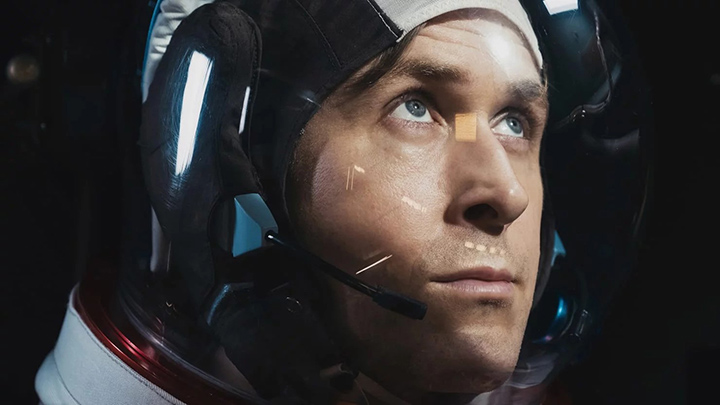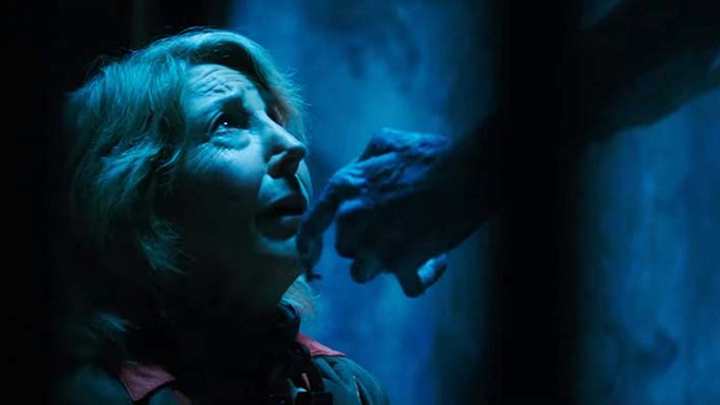First, let me proudly announce the first award won by Scarface and the Untouchable:
Scarface and the Untouchable: Al Capone, Eliot Ness, and the Battle for Chicago
Max Allan Collins, A. Brad Schwartz, Read by Stefan Rudnicki, Max Allan Collins, A. Brad Schwartz • Unabridged • OCTOBER 2018
Harper Audio • Trade Ed.
This audiobook is a fascinating examination of the terrible times when the Mob ruled Chicago, with Stefan Rudnicki doing a pretty solid job of substituting for Walter Winchell’s staccato “Untouchables” delivery. Thoroughly researched and expertly executed, the story’s most surprising revelation is how little Eliot Ness and Al Capone had to do with each other. They met only once, and that was momentary. Yet the super-straight-shooting Ness made it his life’s work to take down the illegal bootlegging operation that Capone headed but operated from a distance. The most revealing part of the audiobook is the incredible corruption that was rampant in Chicago at all levels of government during Prohibition. The chronological work follows the lives of the two men and is impossible to turn off. M.S. Winner of AudioFile Earphones Award © AudioFile 2018, Portland, Maine
As promised, here is the video of my presentation at the Iowa City Book Festival. It’s around 45 minutes, so if you don’t want to spend that much time with me, I don’t blame you.
On Saturday Barb and I took in First man, which follows Neil Armstrong in the years before and during the moon-landing period. We almost passed, because the director, Damien Chazelle, had been responsible for La La Land, which both of us disliked, despite all the praise heaped upon it. Well, this is a good example of not ruling out every movie by a filmmaker based on one film, because First Man is the best movie either Barb or I have seen in a long time (and we see plenty).

Ryan Gosling in First Man
Though we saw First Man in IMAX, that’s not really necessary, although the epic sweep of the moon sequences do benefit. Other sequences are intensely claustrophobic as the viewer rides along in the small space vehicle and experiences the disorienting terror. What is perhaps most striking is the level of danger – those of us alive at the time were shielded from just how sketchy, even reckless a lot of this was. You can see every screw and bolt jiggle in what look like cobbled-together vehicles, and feel every tremor and jolt, and feel every carnival-ride spin. At the same time, the story on the ground is compelling as well, and gives you a real sense of what Armstrong (an outstandingly understated Ryan Gosling) and those in his life – his wife Janet (played the Claire Foy, unrecognizable as the queen in The Crown) and the other astronauts and their wives – all went through.
Some critics have complained that the earthbound sequences aren’t as riveting as the space stuff. Insert, “Duh!” here. The film is a masterpiece of showing not telling, which requires a viewer to pay attention and interpret what’s being heard and seen, and not led by the hand. Very rarely do I see a film that I realize is great while I’m seeing it. In my lifetime of thousands of movies the list would include the likes of Vertigo, Chinatown, and Bonnie and Clyde, and only a few others. I haven’t had that sensation in a very long time.
We re-watched The Right Stuff at home after taking in a matinee of First Man. The movies have some similarities, and work well together, with Stuff a prequel to Man; but the tone of the former – often satiric and even humorous – differs greatly from the near horror show feel of the latter’s space travel.
Speaking of horror shows…
October is a month that Barb and I spend watching horror (or as she puts it, “spooker”) movies. Sometimes, knowing that my wife is picky (she married me, didn’t she?), I pre-screen horror films. I had done so with the Insidious films, and felt confident she would like them as much.
We watched them, one a night for four nights, and she agrees with me. This is an outstanding “franchise” (horrible term). I can’t recall a series in the horror genre that has taken as much care to maintain continuity even while making sure each installment stands on its own. There are two reasons for this in the quartet of Insidious films: all star Lin Shaye, an amazing actress of “a certain age,” who should have been nominated (hell, won) the Academy Award for Best Actress for Insidious 4: The Last Key.

Lin Shaye in Insidious 4: The Last Key
The other reason is writer (and sometime director) Leigh Whannell, who has an amusing recurring role in all four films. The scripts intertwine cleverly, as they explore a Poltergeist-inspired narrative – their spirit world “the Further” clearly had a major influence on Stranger Things, a show I much admire despite its habitual borrowing.
The actors in every one of the Insidious films are outstanding, with Patrick Wilson doing typically strong work in the first two films, including the tricky job of being both the villain and hero of the second film. Other cast members include Barbara Hershey, Angus Sampson (in a role very different from his Fargo Season Two turn, also with Wilson), Rose Byrne, Stephanie Scott, Dermot Mulroney and Bruce Davison. The now superstar director James Wan helmed the first two and produced the other two.
Here’s a radio appearance for Scarface and the Untouchable by A. Brad Schwartz and me. [Starts @ 40:00]
Here, in a proudly conservative publication, I am given credit for suggesting Supreme Court justices need more protection, but am dismissed as a “liberal” (as is my protagonist, Joe Reeder) who might be giving violent liberals dangerous ideas. You know what other dangerously liberal thing I did lately? Voted early.
Finally, here’s a surprisingly complete rundown of my various publications, worth looking at despite a few mistakes (“Frank” Nolan).
M.A.C.